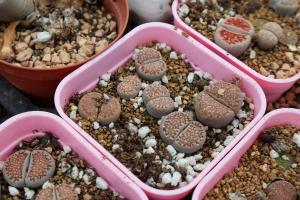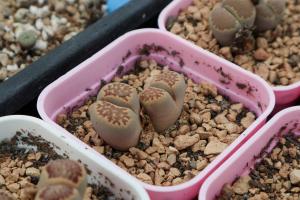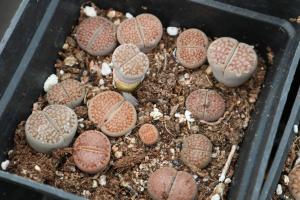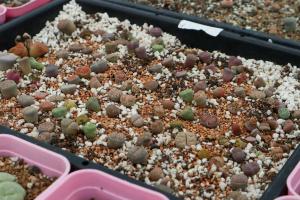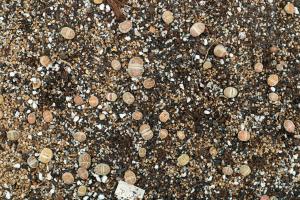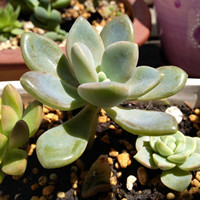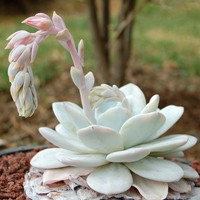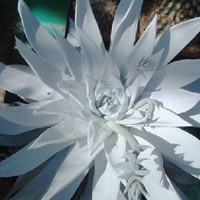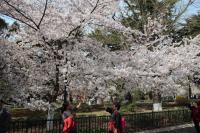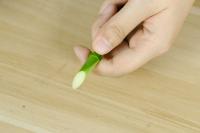The basin soil should be moist in winter and spring

At the end of autumn and winter, the North began to heat, and the indoor temperature felt like "little sunny spring". At this time, the raw stone flowers spread and grew happily! We should often observe the dry and wet conditions of the pot soil, especially distinguish the size of the flowerpot and the speed of drainage. When the topsoil is dry, water it until there is water leakage at the basin bottom. If the drainage of the matrix is too good, you can sit in a basin to absorb water. However, sitting in a basin to absorb water will often accumulate salt on the soil surface and use it as little as possible.
During this period, the basin soil was too dry, the flowers of raw stone flowers were small, the color was dim, and the seed setting rate after flowering was also very low. Since December, the temperature will decrease and keep the basin soil dry, but don't ignore the factors such as dry weather, indoor heating and rapid water evaporation. As for the antifreeze in January, pay attention to the water temperature and temperature when watering to avoid freezing.
In the middle of February, it is early spring. The temperature rises and the sun is bright. Raw stone flowers should see more sunshine. Watering is restored to the state at the beginning of winter, mainly by pot watering. But at this time, the new leaves of most plants begin to rise and crack. Do not sprinkle water on the leaf mouth when watering, so as not to easily cause the decay of raw stone flowers.
After February, ensure that the basin soil is wet.
Frequent spraying and less watering in summer

After the middle of June, the temperature rose sharply, and some varieties of raw stone flowers began to grow slowly or not long. A few species have been dormant. In addition to reducing the amount of sunshine, they gradually began to reduce the number and amount of watering until early September. Watering is very important whether the raw stone flower can pass the hot summer. For non dormant species, water as usual, with a small amount and no more times. Dormant ones (with more wrinkles on the skin) can be watered and then placed in a cool place for maintenance.
Remember: during the dormancy period of raw stone flowers, whether it is winter dormancy or summer dormancy, we must eliminate the application of any fertilizer.
Strengthen watering in autumn
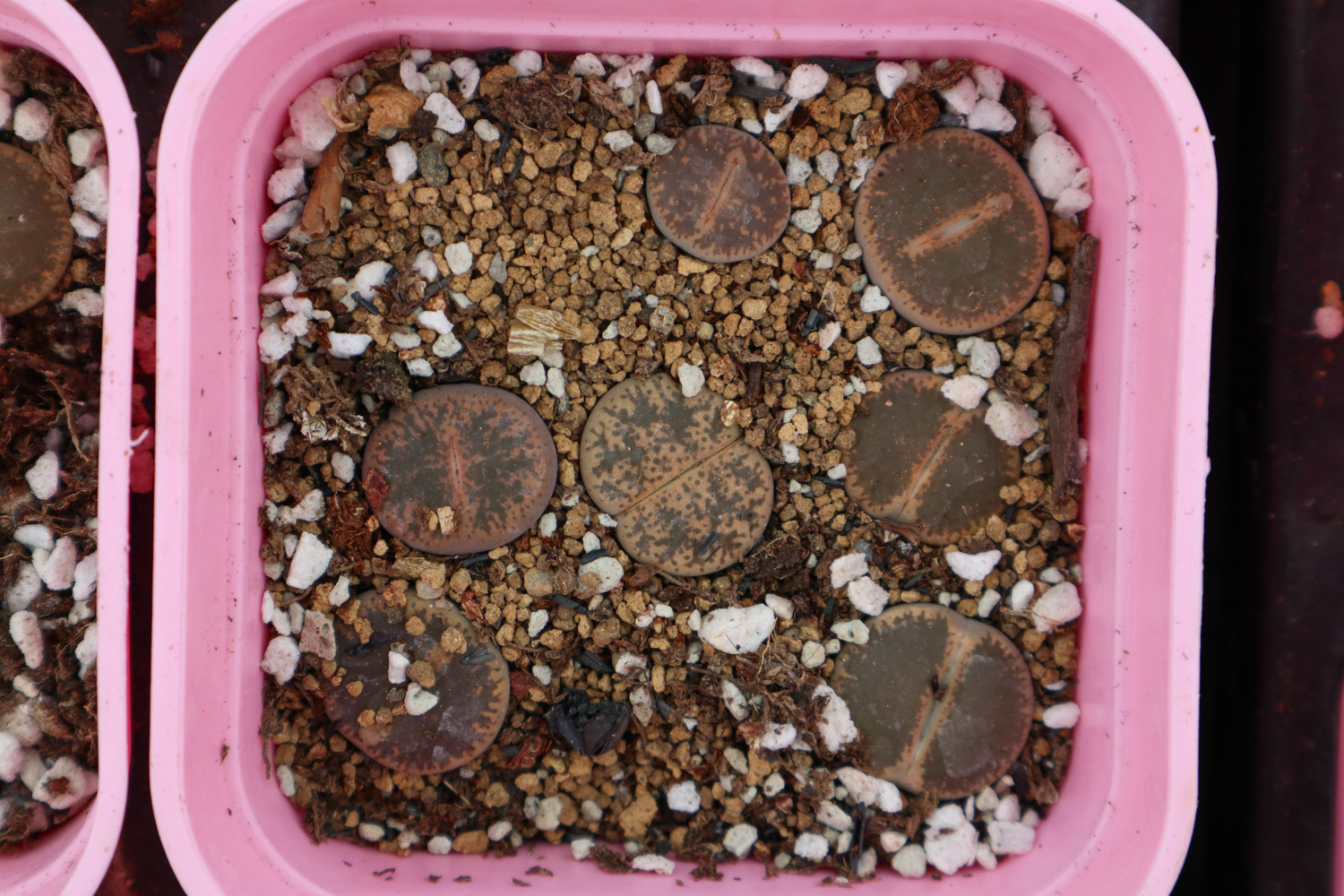
After the beginning of autumn, the weather is getting cooler, the non dormant and semi dormant stone flowers recover their vitality, and the dormant stone flowers also begin to recover. At this time, the plants are relatively fragile, so don't water them immediately. Water spraying method shall be adopted to avoid excessive and gradually increase. After mid September, most species begin to grow and then start watering, but the frequency interval is slightly longer. After the national day, begin watering, fertilizing and spraying fertilizer on the leaf surface to make the basin soil moist rather than wet. After the middle of October, plants that have been maintained for more than four or five years begin to appear flower buds. In November, raw stone flowers bloom one after another.
matters needing attention
• allow the soil to dry thoroughly between watering, and do not water again when the soil is still wet;
• it is best to keep the soil dry on cloudy and rainy days and other conditions with insufficient light;
• it is not easy to judge whether the soil is dry or wet, and it can be poured after being wrinkled;
• sterilizing agent can be added to water during season change to reduce the probability of hanging.
• fertilizer can be applied in the growing season. It should be light and does not need too much.
• for new plants, especially those coming out of the greenhouse, it is recommended to be conservative in terms of watering and shading in summer - most of the stones coming out of the greenhouse are just puffy.

 how many times do yo...
how many times do yo... how many planted tre...
how many planted tre...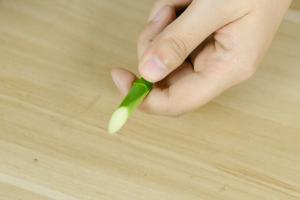 how many pine trees ...
how many pine trees ... how many pecan trees...
how many pecan trees... how many plants comp...
how many plants comp... how many plants can ...
how many plants can ... how many plants and ...
how many plants and ... how many pepper plan...
how many pepper plan...
